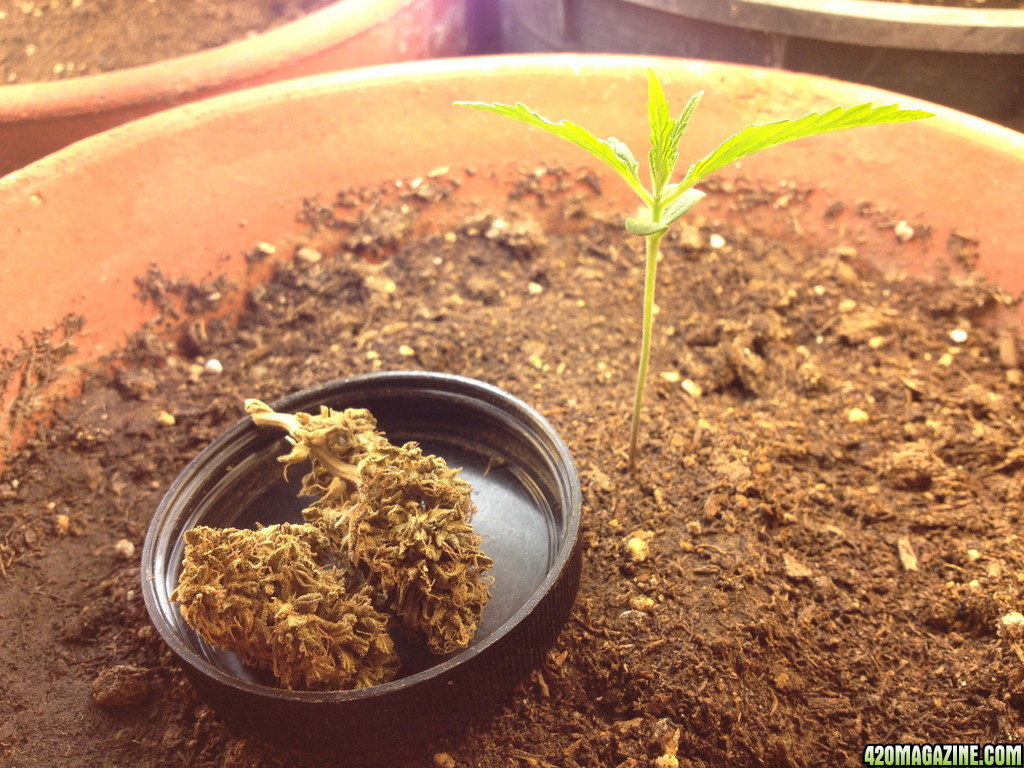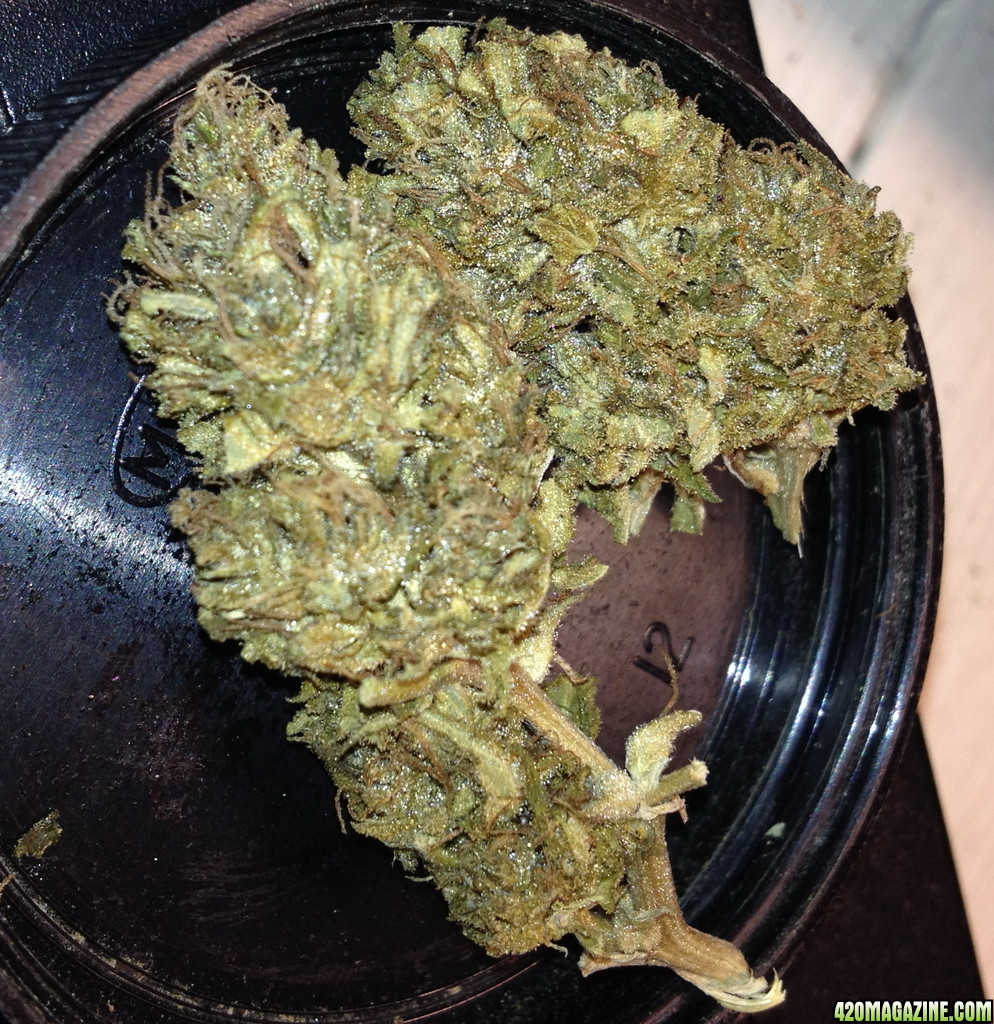- Thread starter
- #81
Well, this is actually a slightly complicated question - so I extracted a quote for us to dissect.
Is the moonlight enough to affect plants?
"From laboratory experiments, it’s known that light intensities as low as 0.1 lux (approximately 0.01 foot-candle) during the night can influence photoperiodic time measurement in some plants and animals."
"Yet the intensity of light from a full moon on a cloudless night may reach 0.3 lux at latitude of 50′, and more than three times this value in tropical regions."
"This fact led E. Bunning and his colleagues (ref 2 below) to inquire whether moonlight can disturb time measurement. Surprisingly, their investigations revealed that some plants have adaptive mechanisms that apparently prevent moonlight from interfering with photoperiodism."
"Some long-night plants (a.k.a., short-day plants) flower most prolifically when grown with low intensity light (approximately 0.5 lux) rather than complete darkness during the night. In these plants, moonlight probably increases the number of flowers produced by a short-day regime."
"However, flowering of Pharbitis nil (Morning Glory) plants was slightly inhibited by exposure to the light of the full moon for 8 or more hours with a single dark period of 16, 14 or 13 h. It is suggested that in the natural environment moonlight may have at most only a slight delaying effect on the time of flower induction in short-day plants (see ref. 3 below)"
My thoughts
So it obviously an issue that all plants deal with. For some it helps, for some it doesn't. So 1) We consider it's adaptive ability as a species 2) The actual geographic location of the plants, since when we get further into the tropics we may have a greater moon-light intensity - hence greater chance of breaching that threshold, and interfering with time-measurement.
A technique used by plants to limit the moon-light uptake is called photoperiodic perception, or "sleep movements", so they will actually adjust the orientation of the leaves to go from a horizontal fashion, to an upright vertical fashion. This can help the plants so that they do not pass their threshhold for time measurement interference. In some plants, they even completely roll the leaf about the x-axis and shade each other at the surface, since it is claimed light breaks at the top of the plant are more sensitive than at the bottom.
So, BAR, indeed, the moon-light intensity and exposure time does and can have an effect on flowering plants. But there are a lot other things to consider when talking about why something "went hermie".... I think cronic touched up on a lot of the good points as far as indoor tents go. And it certainly goes hand in hand with the fact that the moon-light can effect the flowering signals of plants.
Is the moonlight enough to affect plants?
"From laboratory experiments, it’s known that light intensities as low as 0.1 lux (approximately 0.01 foot-candle) during the night can influence photoperiodic time measurement in some plants and animals."
"Yet the intensity of light from a full moon on a cloudless night may reach 0.3 lux at latitude of 50′, and more than three times this value in tropical regions."
"This fact led E. Bunning and his colleagues (ref 2 below) to inquire whether moonlight can disturb time measurement. Surprisingly, their investigations revealed that some plants have adaptive mechanisms that apparently prevent moonlight from interfering with photoperiodism."
"Some long-night plants (a.k.a., short-day plants) flower most prolifically when grown with low intensity light (approximately 0.5 lux) rather than complete darkness during the night. In these plants, moonlight probably increases the number of flowers produced by a short-day regime."
"However, flowering of Pharbitis nil (Morning Glory) plants was slightly inhibited by exposure to the light of the full moon for 8 or more hours with a single dark period of 16, 14 or 13 h. It is suggested that in the natural environment moonlight may have at most only a slight delaying effect on the time of flower induction in short-day plants (see ref. 3 below)"
My thoughts
So it obviously an issue that all plants deal with. For some it helps, for some it doesn't. So 1) We consider it's adaptive ability as a species 2) The actual geographic location of the plants, since when we get further into the tropics we may have a greater moon-light intensity - hence greater chance of breaching that threshold, and interfering with time-measurement.
A technique used by plants to limit the moon-light uptake is called photoperiodic perception, or "sleep movements", so they will actually adjust the orientation of the leaves to go from a horizontal fashion, to an upright vertical fashion. This can help the plants so that they do not pass their threshhold for time measurement interference. In some plants, they even completely roll the leaf about the x-axis and shade each other at the surface, since it is claimed light breaks at the top of the plant are more sensitive than at the bottom.
So, BAR, indeed, the moon-light intensity and exposure time does and can have an effect on flowering plants. But there are a lot other things to consider when talking about why something "went hermie".... I think cronic touched up on a lot of the good points as far as indoor tents go. And it certainly goes hand in hand with the fact that the moon-light can effect the flowering signals of plants.















